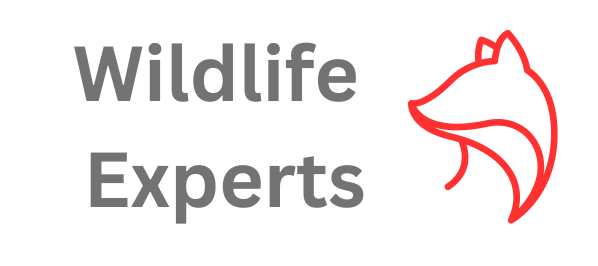Pocket gophers, commonly called gophers, are burrowing rodents in the family Geomyidae, known for their extensive below-ground tunneling and above-ground mound-building activities. There are at least a dozen species or subspecies of gophers that range within the U.S. The name “pocket gopher” refers to three gopher genera – Thomomys, Geomys and Pappogeomy. These genera are the “true” gophers.
Thomomys have smooth, non-grooved incisors, small front feet and small claws. They often have lighter-colored fur than other pocket gophers. Depending on the soil, these pocket gophers can be almost white to black in color. This genus of pocket gophers is the most common. Nine species of Thomomys that are found throughout North America are:
- Wyoming pocket gopher
- Idaho pocket gopher
- Western pocket gopher
- Mountain pocket gopher
- Northern pocket gopher
- Botta’s pocket gopher
- Camas pocket gopher
- Townsend’s pocket gopher
- Southern pocket gopher
Geomy are identified by the two grooves on their upper incisors. Geomy also have large claws and big front teeth. The three common species in this particular genus of pocket gophers are the:
- Plains pocket gopher
- Southeastern pocket gopher
- Texas or Eastern pocket gopher
Pappogeomy has two species that are found in parts of Texas. It is identified by the single groove in the upper incisors. They also have big claws and large front teeth. The yellow-faced pocket gopher and the llano pocket gopher are the only members of this genus found in the U.S.
Some common facts about pocket gophers include:
- Mating usually takes place in the spring
- Litter size depends on the suitability of their habitat
- Hardly ever come above ground
- Mounds often have a “plug” that seals the hole leading from the mound into the below-ground tunnel
- Tunnels may three or more feet beneath the ground surface
- Tunnels are often constructed in a complex, multi-branched burrow system
- Can destroy underground utilities such as electrical, cable, telephone, gas and water lines
- May be found in highland and coastal areas
- Called pocket gophers because they carry food in fur-lined cheek pouches
- Front teeth continuously grow, but are worn down by eating, digging and pushing soil
- Do not drink water because they get all the fluids they need from their food
- Like the groundhog, gophers startle intruders by whistling
- Prefer to burrow in soils without heavy clay or soils saturated with water
- Are herbivores – they eat plants or plant parts roots, bulbs and stems
Find the Best Wildlife Removal
Critter Control
(888) 515-4205Trutech Wildlife Service
(888) 929-6522